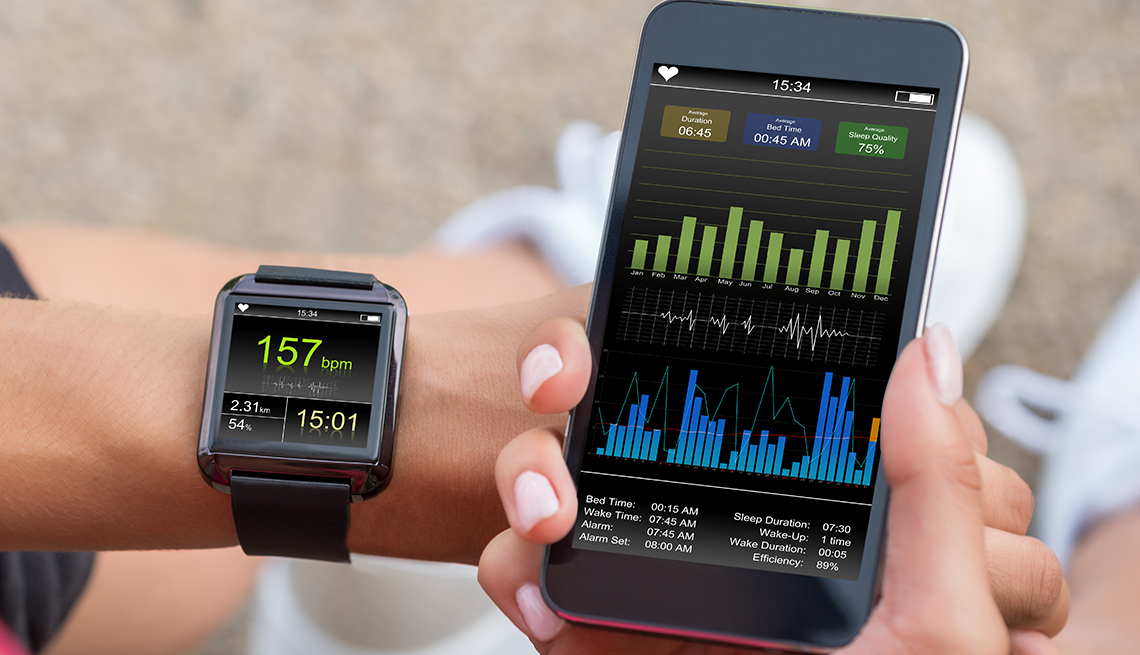
- Select a language for the TTS:
- UK English Female
- UK English Male
- US English Female
- US English Male
- Australian Female
- Australian Male
- Language selected: (auto detect) - EN
Play all audios:
Jan. 4, 2016 12:01 AM PT DRIVING * Make sure your windshield wipers are in good condition. Also, be sure the vehicle's headlights are on any time you have your windshield wipers on
continuously; it's the law. * Reduce your speed and allow more time for your journey. The maximum posted speed limit may not apply under wet or icy road conditions. * If you encounter
fog, slow down. Drive with your lights on low beam. Don't stop on a highway unless it's an emergency. And keep a close watch on your speed. * When traveling it's recommended
you carry the following items: Tire chains and tighteners, flashlight and batteries, flares, small shovel, windshield scraper, waterproof clothing that's warm, blankets, snacks and
drinking water. A cellphone with a backup power source might be the single most important safety item available. HEAVY RAIN OR MUDSLIDES * Just 6 inches of rapidly moving floodwater can
knock a person down. * It takes only 2 feet of water to float a large vehicle. * Floods can rise slowly or quickly, but most develop over a period of days. * Property damage from flooding
adds up to more than $1 billion a year in the U.S. * Mudslides can easily exceed speeds of 10 miles per hour. How fast can you run? * Steep hillsides and canyons without vegetation provide
prime opportunities for mudslides. HOME PREPARATIONS * Locate your insurance policy and contact your insurance agent for any pertinent advice. * Develop a family preparedness plan in which
you decide where to go if at home, school, work, outside or in a car when floodwaters rise. * Stock an emergency supplies kit, which should be checked and replenished every six months. *
Bring in or secure any outdoor items that might cause damage or be lost in the event of high waters. * Before flooding, scrub bathtubs and sinks with bleach to remove bacteria, then fill
them with water. * Move your valuable possessions to the highest areas of your house. * Be prepared to evacuate if requested to do so by the authorities. FLASH FLOODING * Flash floods can
turn a calm landscape into a raging river in a matter of minutes. * Most flash floods are caused by slow-moving thunderstorms, hurricanes or tropical storms, but also by dam or levee
failures. * Flash floods can move boulders, rip out trees, knock down bridges and destroy buildings; now consider what they can do to you. * Walls of water, often filled with debris, can
reach up to 20 feet. * If you receive a warning or are caught in a flash flood, move immediately to higher ground. Sources: FEMA, City of Los Angeles, California Highway Patrol, Los Angeles
Fire Department








